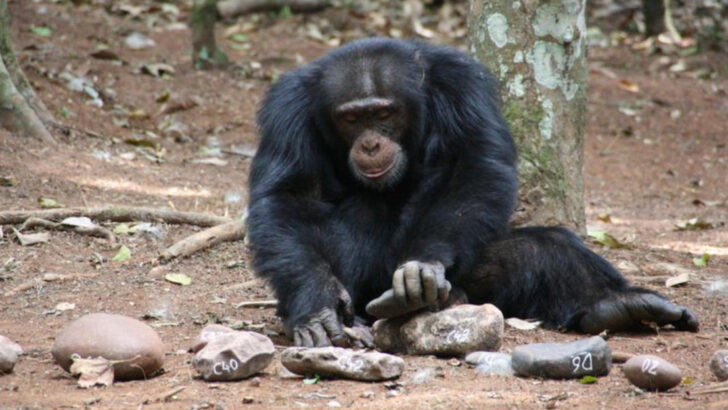Chimpanzees aren’t just smart—they’re scary smart.
These primates can solve puzzles, throw tantrums, form alliances, hold grudges, and even laugh at jokes. They’re not just animals in the trees—they’re complex, emotional beings with habits and quirks that will absolutely blow your mind.
Sure, school taught us they’re our closest living relatives. But no textbook covered the fact that chimps have politics, drama, inside jokes, and some seriously weird habits.
Get ready to meet the chimps you didn’t learn about in class—because these 20 facts are anything but ordinary.
Chimpanzees and Tool Use
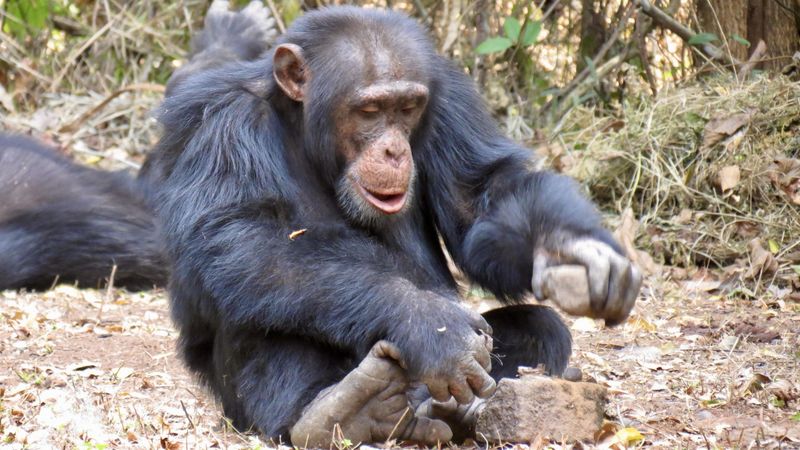
In the dense jungles of Africa, chimpanzees can be seen wielding sticks with precision. These aren’t just random branches; they’re carefully selected tools used to fish for termites.
This behavior showcases their intelligence and problem-solving skills, akin to early human ancestors. Observing them, one might think they’ve attended a jungle workshop on tool-making.
Their dexterity isn’t limited to sticks; they even use leaves as sponges to drink water. This adaptability demonstrates their ability to modify their environment for survival, a trait not as commonly seen in many other animals.
Unique Chimpanzee Cultures
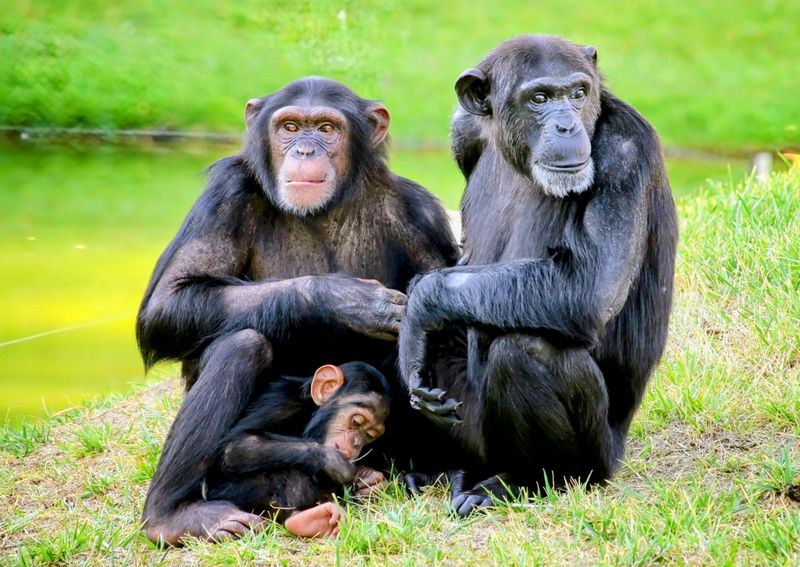
Chimpanzees possess cultures as distinct as human societies. Different groups exhibit unique behaviors passed down through generations. For instance, some may crack nuts using stones, while others might groom each other in specific patterns.
These cultural differences highlight the diversity within chimpanzee communities, showing that they’re not just instinct-driven creatures. Their ability to learn and transmit knowledge suggests a level of sophistication.
As scientists study these cultures, they uncover more about the cognitive abilities of chimpanzees, challenging our understanding of animal intelligence.
Chimpanzee Communication
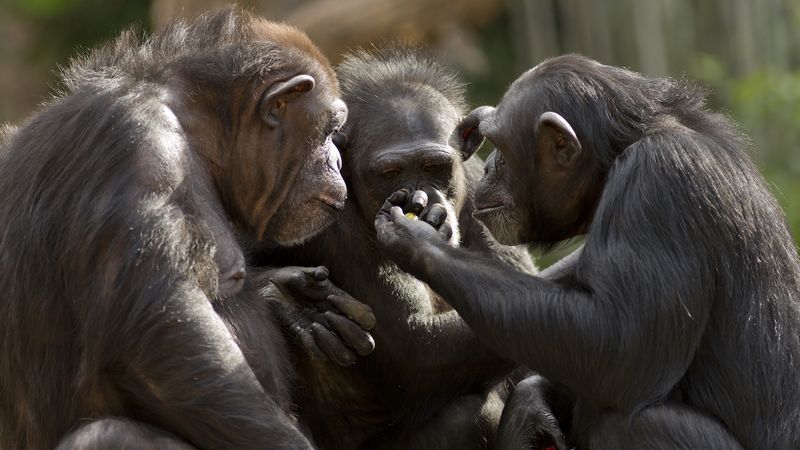
Communication among chimpanzees is a rich tapestry of vocalizations, gestures, and facial expressions. Each sound or gesture conveys a specific message, whether it’s a warning, a greeting, or an invitation to play.
This non-verbal language is complex and nuanced, allowing them to maintain social harmony within their groups. Researchers have even identified distinct “words” or sounds that serve particular functions.
Their ability to communicate effectively without spoken language offers insights into the evolution of human communication. It’s a reminder of the shared ancestry we have with these expressive primates.
The Social Hierarchy of Chimpanzees
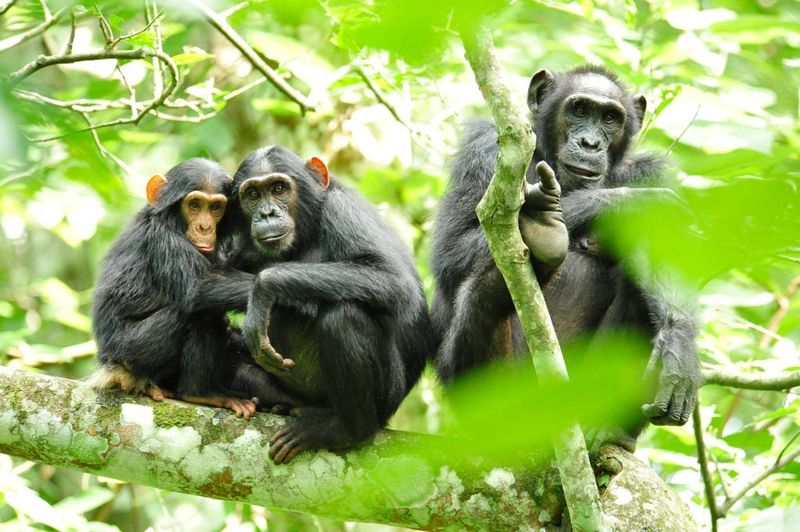
In chimpanzee societies, social structure is paramount. Dominant males, often referred to as “alpha males,” lead the group, but power isn’t solely based on strength. Intelligence, alliances, and social skills play crucial roles in maintaining leadership.
Females also hold significant sway, influencing group dynamics and mating choices. This intricate hierarchy ensures stability and cooperation among members. Observing these interactions reveals the complexities of their societies, drawing parallels to human social structures.
The balance of power and relationships in chimpanzee groups offers a window into the evolutionary origins of human society.
Chimpanzee Emotions and Empathy
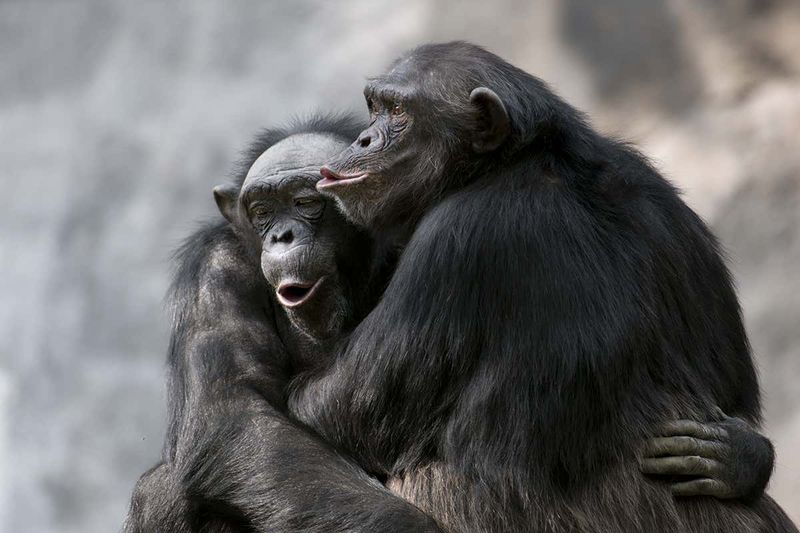
Chimpanzees exhibit a wide range of emotions, from joy to grief. Their empathetic nature is evident in how they comfort each other during distress. Grooming sessions are not just for hygiene but also for strengthening social bonds and providing emotional support.
When a chimpanzee loses a close companion, the mourning is palpable, with behaviors akin to human grief. This emotional depth challenges the notion of humans being the only species with complex feelings.
By studying these emotional expressions, we gain insights into our own emotional heritage and the roots of empathy.
Chimpanzee Intelligence

Chimpanzees are known for their remarkable intelligence. They can solve complex puzzles, understand abstract concepts, and even learn sign language. In captivity, some have demonstrated the ability to recognize themselves in mirrors, a sign of self-awareness.
This cognitive prowess isn’t just confined to artificial settings; in the wild, they exhibit strategic thinking and planning. Their intellectual capabilities offer a glimpse into the evolutionary steps that led to human intelligence.
By studying chimpanzee cognition, researchers aim to better understand the origins of our own mental abilities.
Chimpanzees and Altruism
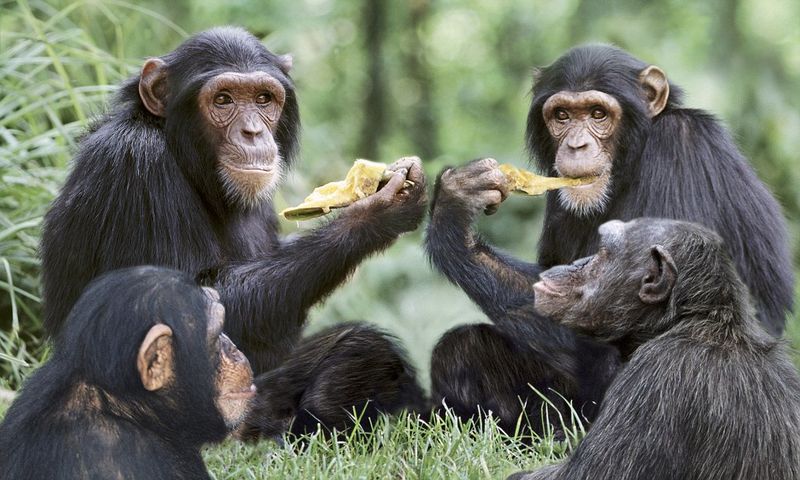
Altruism is not exclusive to humans. Chimpanzees often display acts of kindness and cooperation, such as sharing food with those in need. This behavior strengthens social ties and fosters group cohesion.
Altruistic actions are not driven by immediate benefits but by a deeper social understanding. Observing these behaviors in chimpanzees challenges assumptions about the origins of human cooperation.
It suggests that the roots of altruism are more ancient than previously thought. Such acts of kindness in the animal kingdom provide valuable lessons about the importance of compassion and mutual aid.
Chimpanzee Playfulness
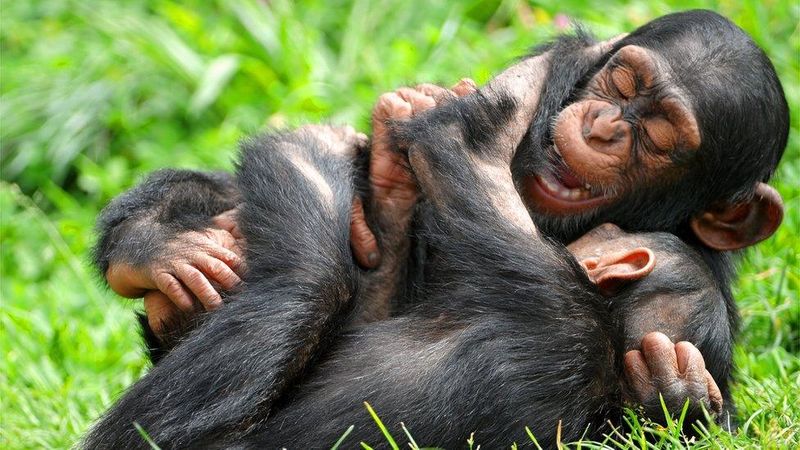
Play is an essential part of chimpanzee life, especially for the young ones. Through play, they learn vital skills, from social interactions to problem-solving. Watching them chase each other or swing from branches, one can’t help but smile at their exuberance.
This playful behavior isn’t just for fun; it prepares them for adult responsibilities. Play fosters creativity and strengthens bonds among group members.
By studying play in chimpanzees, researchers gain insights into the role of play in human development, revealing how it shapes learning and social skills in our own species.
Chimpanzee Problem Solving
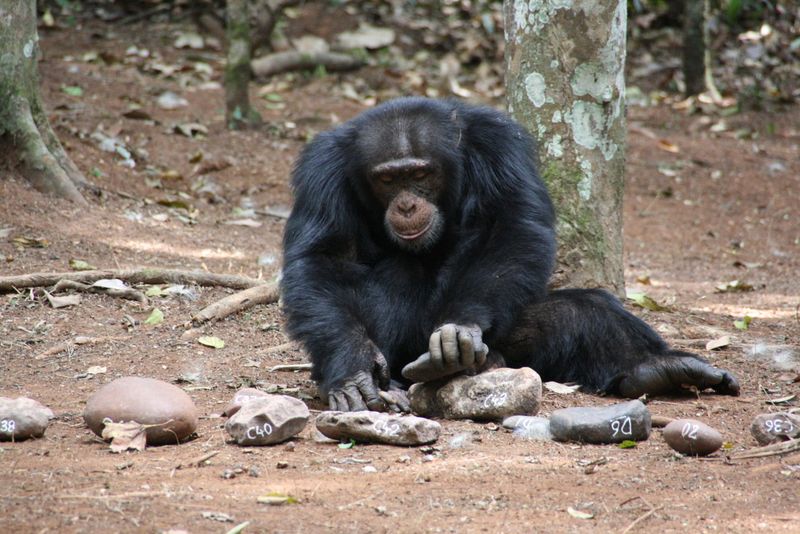
When faced with challenges, chimpanzees display impressive problem-solving skills. Whether it’s using tools to access food or devising strategies to navigate obstacles, their ingenuity is on full display.
This adaptability is a testament to their cognitive abilities and highlights the parallels between human and chimpanzee thought processes. Observing a chimpanzee figure out how to retrieve a banana from a complex setup is like watching a puzzle master at work.
Their problem-solving prowess not only captivates observers but also provides insights into the evolutionary roots of human innovation.
Chimpanzee Parenting

Parenting in chimpanzees is a deeply involved process. Mothers form strong bonds with their offspring, nurturing them through infancy and beyond. This close relationship ensures that young chimps learn essential survival skills.
Observing a mother chimp teaching her young how to forage or climb is a heartwarming sight. Fathers, although not as involved as mothers, also play roles in protecting and ensuring the well-being of the group.
The parenting strategies of chimpanzees offer valuable insights into the evolution of human parenting and the significance of family bonds.
Chimpanzee Diet Diversity
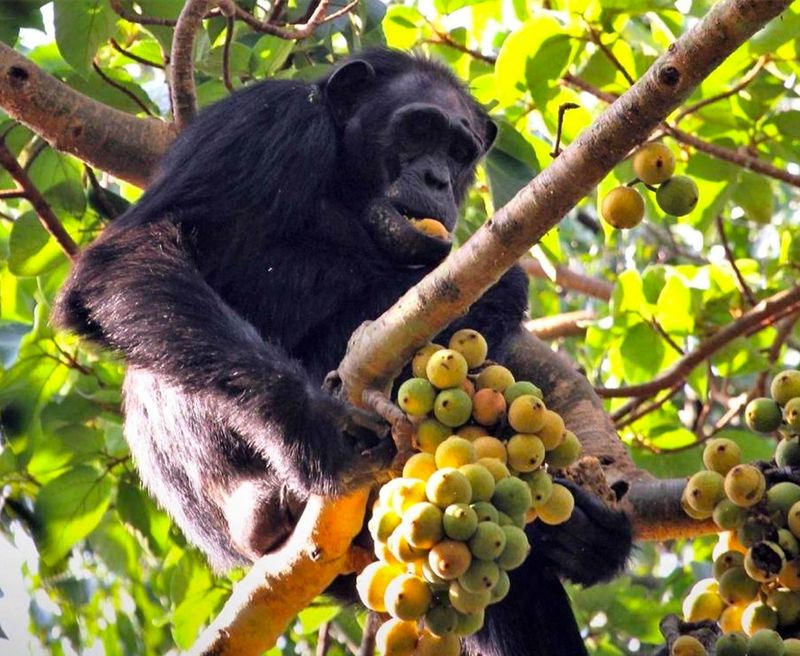
The diet of a chimpanzee is as varied as the forest itself. They feast on fruits, leaves, flowers, and even insects. This diverse diet is vital for their health and survival. Observing a chimpanzee expertly pick ripe fruits showcases their knowledge of their ecosystem.
Their dietary habits also illustrate their adaptability, as they adjust their food choices based on availability. This flexibility in diet highlights their resourcefulness, a trait that has contributed to their success as a species.
Understanding their eating habits provides insights into the nutritional needs of early human ancestors.
Chimpanzee Facial Expressions
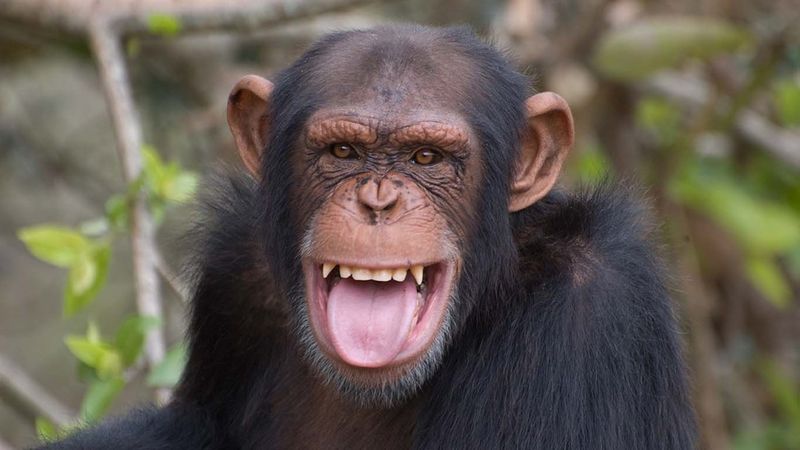
Facial expressions in chimpanzees are a window into their emotions. From the playful grin of a young chimp to the intense stare of a dominant male, each expression conveys a wealth of information.
These non-verbal cues are crucial for communication within their social groups. By studying these expressions, researchers decipher the emotional states and intentions of chimpanzees. The striking similarity between chimpanzee and human expressions underscores our shared ancestry.
This exploration of facial expressions helps us understand the evolutionary roots of human emotions and communication.
Chimpanzee Lifespan and Aging
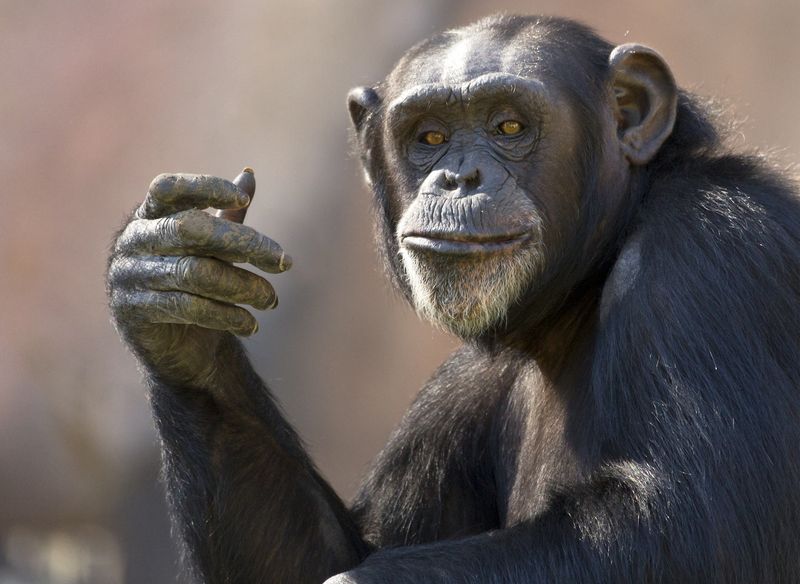
Chimpanzees can live up to 50 years, with their later years marked by wisdom and experience. As they age, their hair may turn gray, and their movements slow, but their social roles remain significant.
Elder chimps often play advisory roles, sharing knowledge and guiding younger group members. This respect for elders highlights the value of experience and wisdom in chimpanzee societies.
Observing the aging process in chimpanzees offers insights into the evolution of aging and the importance of elder roles in social groups, mirroring aspects of human societies.
Chimpanzee Conservation Challenges

Chimpanzees face numerous threats, from habitat loss to poaching. Conservation efforts are crucial to ensuring their survival. Many organizations work tirelessly to protect their habitats and raise awareness about the plight of these primates.
The challenges they face are a stark reminder of the impact of human activities on wildlife. By supporting conservation initiatives, we can help secure a future for chimpanzees and preserve the biodiversity of our planet.
This urgent need for protection underscores the broader environmental issues affecting countless species worldwide.
Chimpanzee Nest Building
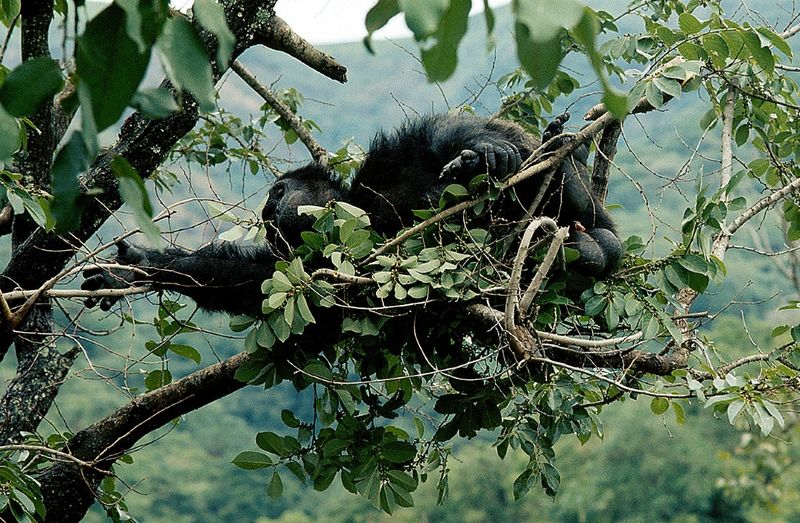
Every evening, chimpanzees embark on a nightly ritual of constructing nests high in the trees. This behavior might seem simple, but it involves careful selection of branches and leaves to create a comfortable and safe sleeping space.
Nest-building showcases their architectural skills and understanding of their environment. These elevated havens protect them from ground predators and provide a cozy resting place.
The nightly construction of nests is a testament to their adaptability and resourcefulness. Understanding nest-building offers insights into early human shelter-making practices.
Chimpanzee Territoriality
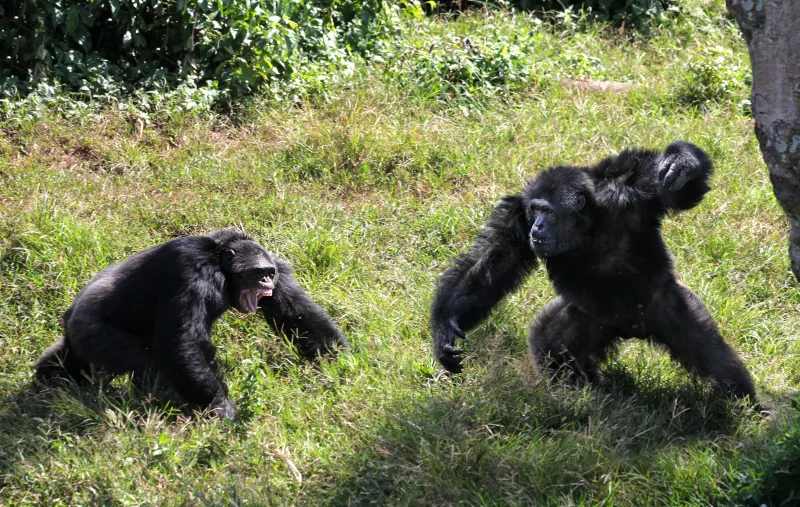
Territories are vital for chimpanzee communities. They patrol and defend their areas with vigilance, ensuring access to resources like food and water. This territorial behavior is not just about defense; it’s about survival.
The boundaries they maintain help prevent conflicts with neighboring groups. Observing their territorial strategies provides a glimpse into the evolutionary origins of human territoriality and property.
This understanding of space and resource management highlights the parallels between human and chimpanzee societies, emphasizing the importance of cooperation and conflict resolution.
Chimpanzee Memory Skills
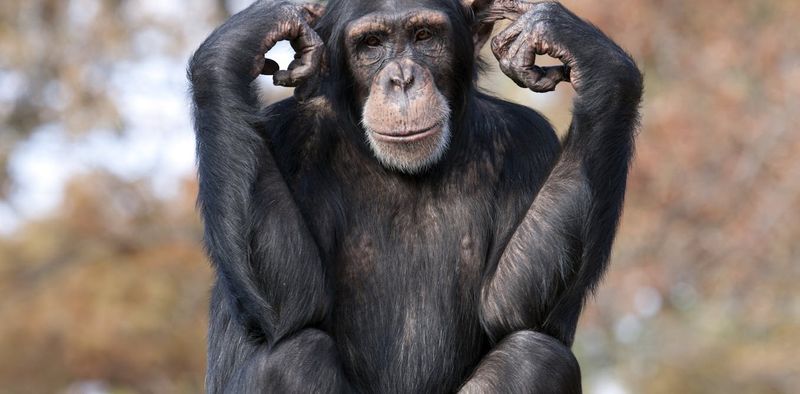
Chimpanzees possess impressive memory skills. They can recall locations of food sources and recognize other chimpanzees, even after long separations.
Studies have shown that they can outperform humans in certain memory tasks, highlighting their cognitive abilities. This exceptional memory allows them to navigate their complex social networks and environments effectively.
Observing their memory skills provides insights into the evolution of human memory and cognition, offering clues about the development of advanced mental processes. Understanding their memory capabilities challenges our perceptions of intelligence in the animal kingdom.
Chimpanzees and Music
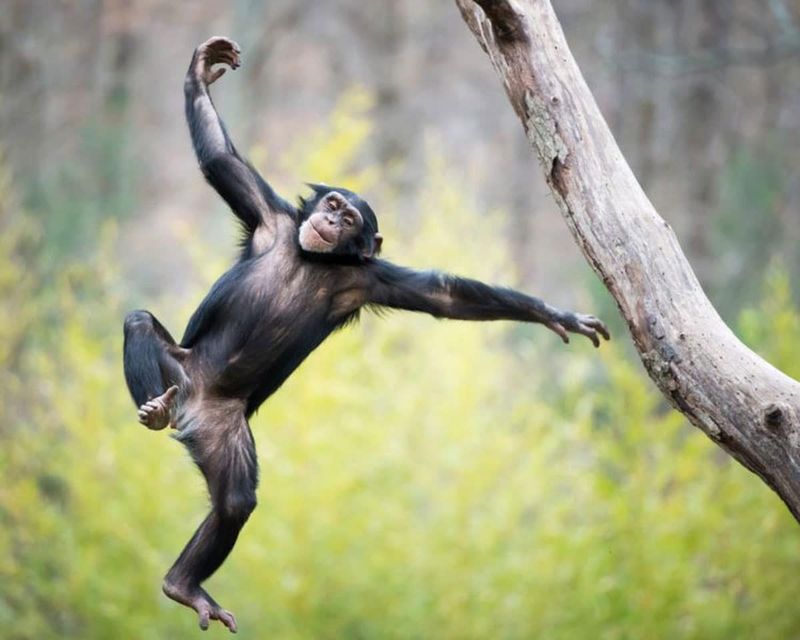
Music might seem uniquely human, but chimpanzees show a keen interest in rhythm and sounds. In studies, they’ve exhibited preferences for certain types of music and have even been observed drumming on objects.
This musical inclination suggests a shared evolutionary trait with humans, who also respond to rhythm and harmony. Observing a chimpanzee tapping to a beat or reacting to melodies is a reminder of our shared appreciation for music.
This connection offers insights into the role of music in social bonding and communication in early human societies.
Chimpanzee Migration Patterns
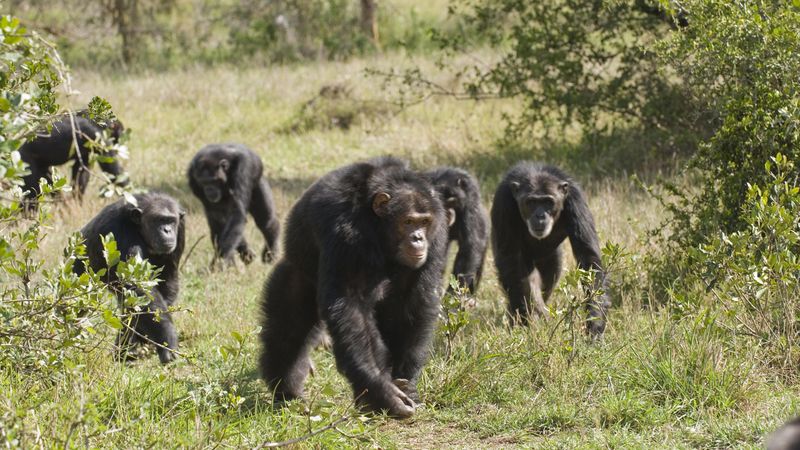
While not known for long-distance migrations, chimpanzees do move within their territories in search of food and resources. These movements are strategic, ensuring they maximize their access to available resources.
Observing their migration patterns offers insights into their survival strategies and adaptability. These movements also help maintain genetic diversity by facilitating interactions with neighboring groups.
Understanding chimpanzee migration provides clues about the migration patterns of early human ancestors, highlighting the role of movement in evolution and adaptation. This study of their journeys enriches our understanding of primate behaviors.
Acrobatic Swing Masters
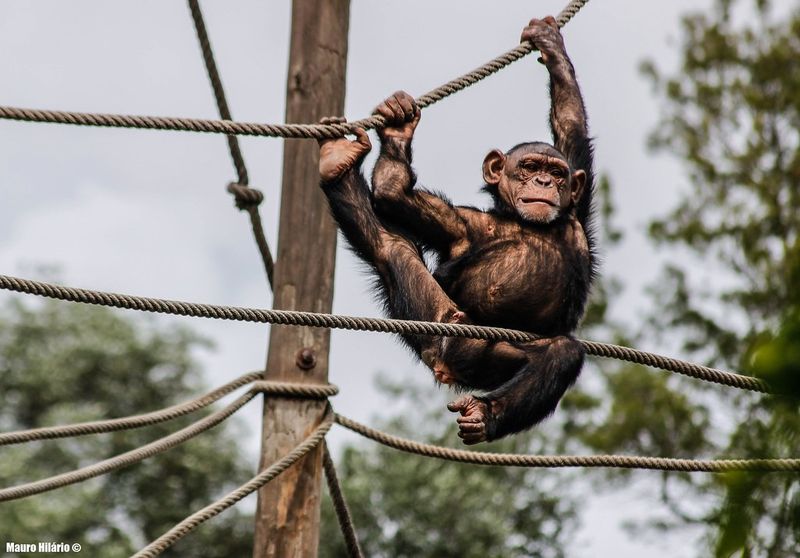
If you’ve ever seen a chimpanzee swinging effortlessly through the trees, you’ll know why they’re considered the acrobats of the animal kingdom. With strong, agile limbs and an innate sense of balance, these creatures perform gravity-defying feats that leave onlookers in awe.
Whether they’re chasing after a playmate or reaching for a tasty fruit, their swings are a dance of precision and strength. Each leap and swing is a testament to millions of years of evolution, finely tuning them into the jungle athletes they are today.
The thrill of watching a chimpanzee in action is nothing short of mesmerizing. It’s a vivid display of the wild’s raw, unfiltered beauty and power.

